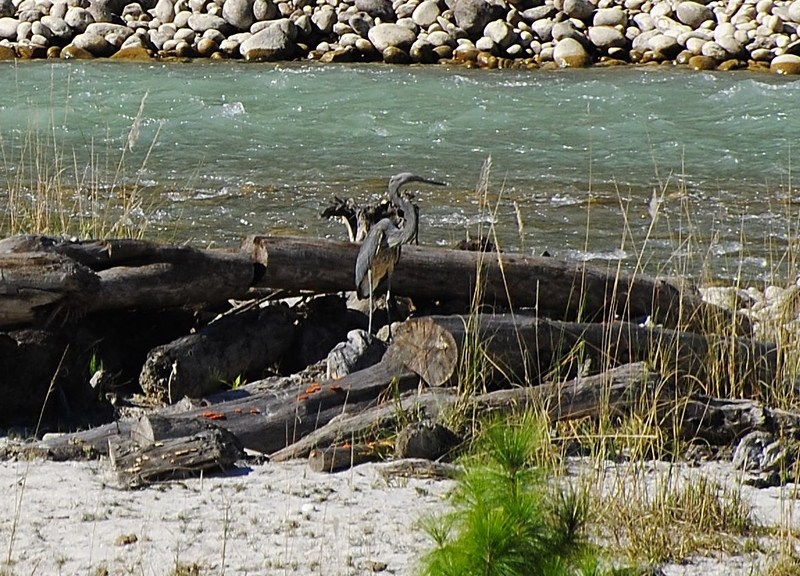|
| 질의: great white | 결과: 296번째/746 | |
white-bellied heron (Ardea insignis)
| 제목: | white-bellied heron (Ardea insignis)
| | 올린이: | Wiki Photos (---@---.---)
| |

| 해상도: 1152x829
파일크기: 377423 Bytes
촬영일: 2010:11:09 09:15:38
사진기: NIKON D3000 (NIKON CORPORATION)
F number: f/5.6
Exposure: 10/5000 sec
Focal Length: 3000/10
등록시간: 2017:03:24 11:19:07
|
English: The Heron was found in the middle of the island-drier areas contrary to waterside as expected
Date 9 November 2010
Source Own work Photo taken at Pho Chu, Bhutan
Author Mahesh Iyer https://commons.wikimedia.org/wiki/User:Mahesh_Iyer
Source: https://commons.wikimedia.org/wiki/File:White-bellied_Heron_at_Pho_Chu,_Bhutan.JPG
The white-bellied heron (Ardea insignis), also known as the imperial heron or great white-bellied heron, is a species of large heron found in the foothills of the eastern Himalayas in India, northeastern Bangladesh, Burma and Bhutan. Additionally, there are records from Nepal. It is mostly dark grey with a white throat and underparts. This heron is mostly solitary and is found on undisturbed riverside or wetland habitats.
Order: Pelecaniformes
Family: Ardeidae
Genus: Ardea
Species: Ardea insignis Hume, 1878
Synonyms: Ardea imperialis
|
댓글 |
|---|
| | 손님 |
|
Scientific Name: Ardea insignis Hume, 1878
Common Names: White-bellied Heron, Imperial Heron
French: Héron impérial German: Kaiserreiher Spanish: Garza ventriblanca
Taxonomy: Ardea insignis A. O. Hume, 1878, Sikkim terai, Bhutan duars, etc.
Synonyms:
Ardea imperialis Baker, 1928
Ardea imperialis ssp. imperialis Hume, 1878 |
^o^
동물그림창고 똑똑전화 누리집
^o^
|
|
|

